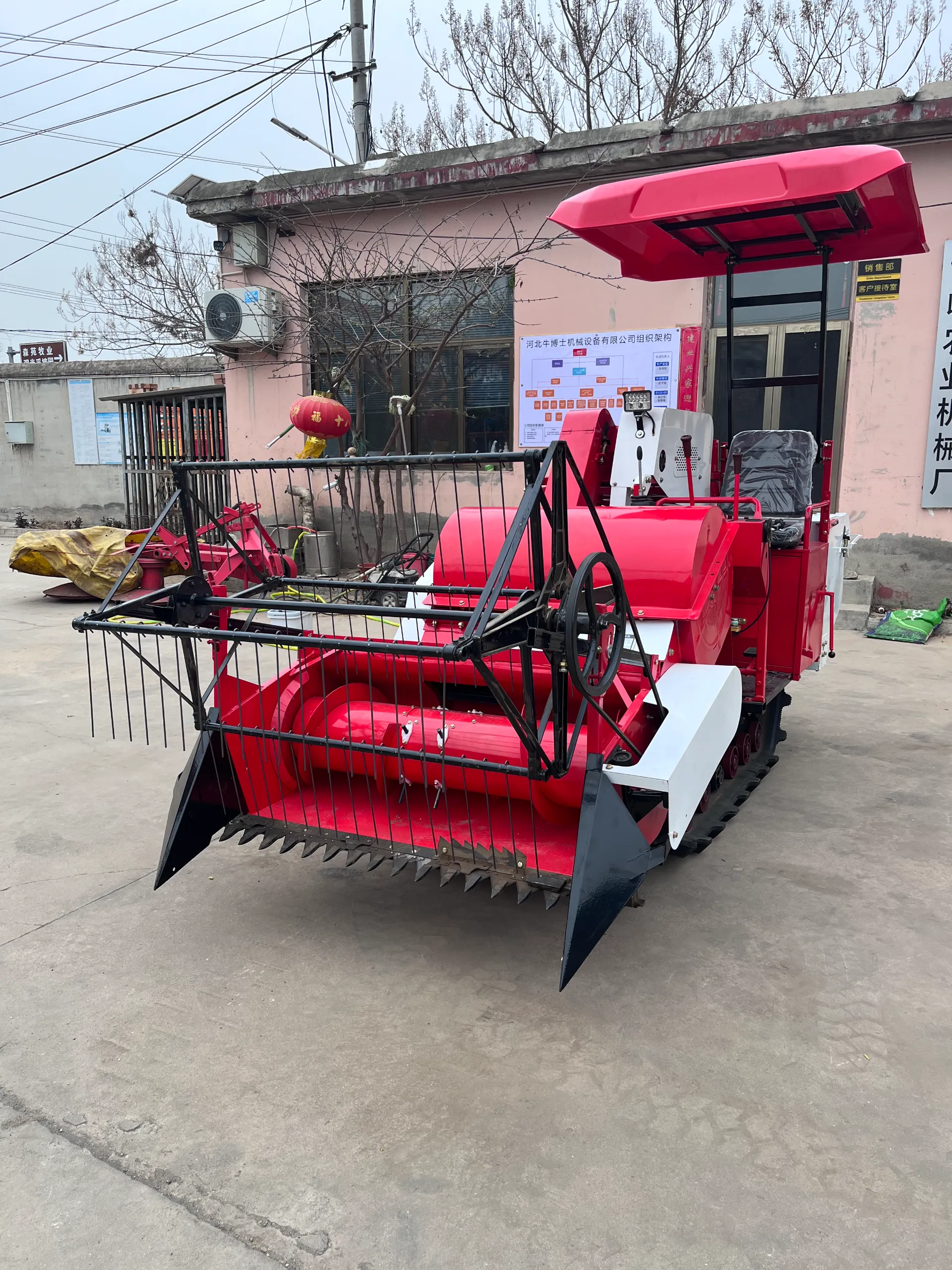Efficient Wheat Harvesting Solutions with Advanced Combine Harvesters
The Role of Combine Harvesters in Wheat Farming
Agriculture has seen remarkable advancements over the years, particularly in crop production efficiency. One of the most significant innovations in this field has been the development of the combine harvester, a machine that has revolutionized the way farmers harvest wheat and other crops. The combine harvester is an amalgamation of several machines, enabling multiple processes to occur simultaneously—cutting, threshing, and cleaning are all performed in one pass, significantly reducing labor and time required during the harvest season.
Wheat is one of the most widely cultivated cereal grains in the world, providing a staple food source for billions of people. Traditionally, wheat harvesting was a labor-intensive process, often requiring large teams of workers equipped with tools such as sickles and scythes. However, with the advent of agriculture machinery, and particularly the combine harvester, the efficiency of the harvest has drastically improved.
The Role of Combine Harvesters in Wheat Farming
Another significant benefit of using a combine harvester is the enhanced speed of harvesting. Farmers can cover large fields in a fraction of the time it would take with manual methods. For instance, a single combine can harvest several acres of wheat in one day, which would require a much larger workforce to accomplish using traditional practices. This efficiency not only saves time but also reduces labor costs, allowing farmers to allocate their resources to other important tasks.
combine harvester for wheat

The technology in modern combine harvesters has advanced significantly, boasting features such as GPS guidance systems, yield monitoring, and even autonomous operation. These innovations enable farmers to make data-driven decisions about their fields, optimizing their harvest and ensuring that they get the most out of their crop. For example, yield monitoring systems can provide real-time feedback on how well the crop is doing across different sections of the field, helping farmers identify which areas may need more attention in subsequent seasons.
However, the adoption of combine harvesters does come with challenges. The initial investment for these machines can be substantial, which may deter some smaller-scale farmers. Additionally, there are considerations regarding maintenance, fuel costs, and the need for training to operate these sophisticated machines efficiently. Still, the long-term benefits of increased productivity and reduced labor demands often outweigh these concerns.
In recent years, sustainability has become an important topic in agriculture. Combine harvesters can contribute to sustainable practices by allowing for precision harvesting, which minimizes crop loss and reduces the amount of fuel needed for harvesting operations. As technology continues to evolve, we can expect to see even more innovations designed to enhance the efficiency and sustainability of wheat harvesting.
In conclusion, the combine harvester is an indispensable tool in modern wheat farming. It has transformed the way farmers approach harvest season, resulting in increased efficiency, reduced labor costs, and improved crop yields. As technology continues to advance, the role of combine harvesters will only grow, paving the way for a more productive and sustainable agricultural future.
Latest news
-
Wheat Reaper: Pioneer and Efficiency Enhancement of Agricultural MechanizationNewsApr.16,2025
-
The Important Role of Reaper Machine Tractor in the Field of AgricultureNewsApr.16,2025
-
The Importance of Agriculture Power Reaper During the Harvest SeasonNewsApr.16,2025
-
The Application of Reaper Binding in the Field of AgricultureNewsApr.16,2025
-
Mini Reaper Harvester: Characteristics and ImportanceNewsApr.16,2025
-
Characteristics and Importance of Forage HarvesterNewsApr.16,2025
